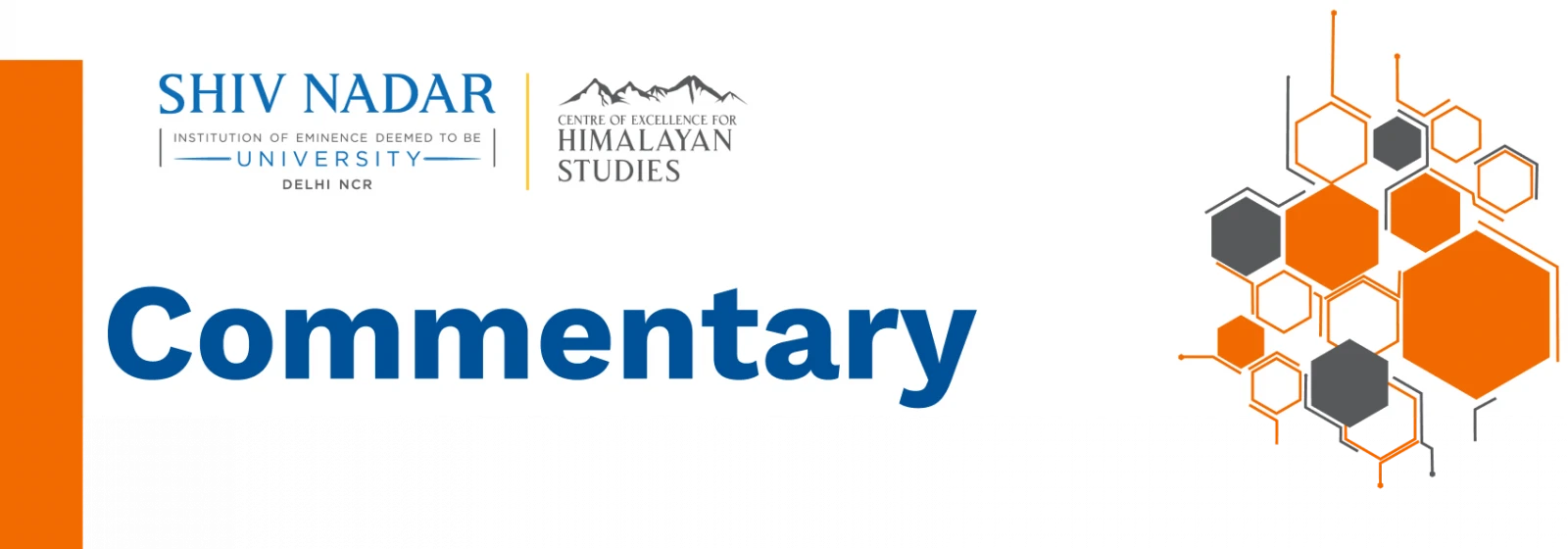
21 September 2023
How to read the churn in Chinese politics
China’s defence minister General Li Shangfu is the latest top official in the country to suddenly go missing from scheduled engagements. He did not turn up for an annual bilateral meeting with the Vietnamese earlier this week on account of supposed ill-health but he had not been seen for several internal meetings before that. Earlier in July, foreign minister Qin Gang had similarly disappeared from the scene after barely seven months on the job. In this instance, too, “health reasons” were first cited for him missing a meeting with Asean foreign ministers before a formal announcement was made announcing his removal from the post altogether.
In between the Qin and Li disappearances, the chief and deputy chief of the People’s Liberation Army Rocket Force (PLARF), the arm of the Chinese military in charge of its missiles and nuclear arsenal, were also removed from their positions. They were replaced by officers from other services, indicating a high likelihood they were removed because of corruption. It is very likely though that these removals and Li’s disappearance are linked.
General Secretary of the Communist Party of China (CPC) Xi Jinping has been moving allies and proteges into key positions over the past decade and won an unprecedented third term at the 20th party congress last October, packing the Politburo Standing Committee (PSC) and other party bodies with his men. Xi had, thus, appointed or approved the promotions of the officials who have disappeared. The recent upheaval in China’s top leadership, therefore, raises several questions.
One, what does it say about Xi’s personnel choices? While it is easy to view the latest disappearances as a comment on Xi’s man management, the fact is that the anti-corruption campaign in China was never only about Xi targeting his political rivals but an attempt to clean up a system that had long been a far cry from the political ideals that the CPC espouses. It is, therefore, practically impossible to find top-rung leaders, even under Xi, who are free of the taint of corruption. In fact, the anti-corruption campaign in China has continued apace even after the 20th party congress with some 40 centrally-managed cadres — those appointed by the party’s all-powerful Organisation Department — currently under investigation. While political rivalry or opposition to Xi might be important reasons in many instances, these may not be the only ones.
Two, what are the domestic and external implications of the shake-up in the military echelons? There are at least two. First, continuing corruption in the PLA suggests that China is still some distance from building a world-class and professional military. And two, the very fact that Xi was able to remove the PLARF leadership and Li and place them under investigation suggests that he still exercises control over the PLA and the party-State. His authority remains unchallenged for the moment. What is more, we can expect more high-level PLA officials to be targeted for corruption in the coming days. In other words, we must expect Xi to continue his focus on getting the PLA “combat ready”.
Three, do the latest developments explain Xi’s absence from recent international engagements? This is unlikely. Xi missed a series of meetings with Asean in Indonesia as well as the G20 summit in Delhi deputing Premier Li Qiang for both. He is also likely to miss the Asia-Pacific Economic Cooperation Leaders’ meeting to be held in San Francisco in the United States (US) in November. Meanwhile, it will be Vice-President Han Zheng who is representing China at the UN General Assembly session this week instead of Foreign Minister Wang Yi who had attended in Xi’s stead previously. While these are potentially wrinkles in the way Chinese foreign policy is run, it is unlikely that the policies themselves will change.
Xi will continue to push China towards competition with the US seeking to carve out a world that clearly acknowledges China as the unquestioned leader. This will mean increasing Chinese engagement with the world, not less.
However, China’s own version of decoupling and attempts at self-reliance in advanced chips, for example, as also its amended counter-espionage law and a new law on foreign relations, both of which were passed earlier this year, suggest an increasingly zero-sum approach to looking at and thinking about the world under Xi. If his absences from international forums become a trend, that should certainly concern the world.
Finally, how is leadership politics evolving in China? It is important to underline that the latest changes are not a sign of any political challenge to Xi — he will continue to appoint personnel as well as remove them when necessary. He probably understands it is impossible to root out corruption completely and will focus on managing the problem as best he can.
Meanwhile, Xi’s absolute control over the party-State does not preclude bureaucratic turf wars among his associates or jockeying to win his favour or attention. There is, for instance, purported competition between Premier Li, the nominal No 2 in the CPC PSC in charge of economic affairs and No 5, Cai Qi, whose main focus is on promoting Xi’s political, ideological and security concerns over economic ones.
All told, Xi’s control over the party-State in China is an evolving, dynamic process as the ongoing anti-corruption campaign and latest personnel changes show. Its repercussions for the rest of the world are only likely to grow.
Originally Published in Hindustan Times on 19 September 2023
Share this on: